The Power of Random
2000 words | 16 min. audio — reflections on Divine Dice and beyond
The Power of Random
Dialogue with Maja Apolonia Rode and Urvi Kelkar
Introduction:
In this spontaneous 17-minute dialogue, Urvi Kelkar and I explore the power of randomization as a tool for integrative creative development. In the midst of this inquiry, I realized that randomization-by-design is the essential foundation that brings depth and power to my otherwise enjoyable, engaging creative processes. My rigorous, intentional randomization methods lie at the heart of:
Divine Dialogues
Rasa Harps
Divine Assignments
Maja’s Magic Book of Healing Light Meditations
Divine Dice Portals
How to Grow a Mandala
and more . . .
I call the above “integrative processes,” because they engage our consciousness, creativity, and connectedness into a unified, wholistic flow.
When we stay true to our connectedness to each other and all of life, while simultaneously tapping into the wisdom of universal consciousness, our creative endeavors become beneficial, harmonious extensions of the natural world.
I hope you enjoy this brief conversation. Our dialogue mostly refers to my Divine Dialogue process which incorporates randomization at its core. I also refer to Rasa Harps, and Healing Light Meditations.
Reflections on Randomization:
Urvi Kelkar:
What's your sense of what randomization is evoking or enabling that might otherwise remain hidden from view?
Maja Apolonia Rodé:
That is so key of a question. A good friend asked me to say more about randomization after the very first Divine Dialogue that I did. And I didn't have a good answer for him at the time.
So let me just slowly ease into that. . . .
[Randomization gets us outside the habitual structures of our thinking.]
Randomization automatically gets us outside of the structures of our thinking. And it's interesting, this fractal thing — the dissolution of one structure while some other structure, the new good thing, is coming to form.
Randomization dismantles the habits of mind. And because of the crafting of the matrix of words, something good can crystallize from the dissolution.
I have read that when they did the divination with bones about where to go for the hunt, whether that's magical or not, you can't help but want to go hunt where you last saw the animals — which is the exact opposite of where you should go because that's where the animals will last go because they saw you, too.
So there's that really fundamental principle of randomization. That's very logical, too — to get us out of the habit.
And let me see what else there is. . . .
[Randomization reduces egoic resistance, burden, and control.]
Randomization takes away the egoic ownership of a moment. As long as people are okay with the matrix of words itself, nobody is deciding what we're going to talk about and, “It's my decision.”
So we don't have to have as much resistance to egoic assertions of people, and there's no pressure on somebody to make up the right inquiry.
Thank you for just letting me tap in here. . . .
[Randomization supports non-hierarchical collaborative inquiry.]
Nobody has to play the teacher or the student.
I'm not sure if that's about randomization or the Divine Dialogue framework, but it's really nice that the sucky part of either of those roles doesn't have to happen:
The projection on the teacher is not a fun thing for the teacher; or the separating sense that, “I have to play this role because of da-da-da;” and maybe more obvious to me, the detriments of having to play the student.
Randomizing . . .
[Randomization calls our attention to the mystery of life.]
Randomization is an opportunity for us to, even in theory, connect with a power beyond our control mechanisms. And even if the “magic” isn't there, there's a reason that we're even bringing our attention to that mystery.
It's a moment for me to acknowledge the mystery of life. Whether or not it magically plays into the answer, I am attending to that mystery — and that's a good thing.
Bringing more attention to the mystery of life.
So that's another one. Let me see if there's another. And I also welcome you, after I'm done channeling, to tell me what comes up for you about what randomization is good for. . . .
[Randomization deepens engagement through personalization, uniqueness, and rarity.]
There's something about the beauty of the personalization of something. The stringing together of the words into clear sentences makes it more meaningful than if it wasn't so personalized in the moment.
“There's 25 billion possible things! This answer is just for me — right now.” That meets the reality of uniqueness for each person. And it can be a very meaningful experience.
It's the rarity. When the randomization is strung together like that, the rarity gives it great value, if it has the right context.
And I feel like there's one or two other things. . . .
[Randomized practice builds our creative and imaginal capacities.]
When I think of it in the context of the Healing Light Meditations, the stringing together of the possibilities brings in so many facets that I wouldn't have lit up on my own.
And to have my mind be practiced at visualizing this kind of light, and this kind, and this kind; to make sense of the randomized things; and to be exposed to them; cultivates the creative capacity and the imaginal capacity. It exercises our creative muscles in a really good way.
And maybe there’s one more here . . .
[Randomized creative processes can cultivate a sense of aliveness as creators of beauty.]
And then I think of the harps that I tune and the amazing capacity that “If I just pluck any of these strings in whatever order, I can make a beautiful sound,” says anybody who doesn't think they can make beauty.
There’s a life energy that flows in the experience of creating beauty, which is life-giving. It is like priming the pump, getting that flow going of what it is to be a beauty-creating presence in the world.
[Randomization can be engineered to cultivate Truth, Goodness, and Beauty.]
And it's not just the randomization. Maybe that's the thing I need to get to after all of this. It's the designed randomization. The structure of the matrix or the choice of the healing light words or the tuning of the strings — these are very specifically engineered for Truth, Goodness, and Beauty.
So it's not just random life where, “Yep, sometimes we have Hitlers, and sometimes people yell at each other because they have trauma.” It's not that random. It's random in a very beautifully designed form.
Thank you.
Urvi Kelkar:
Wow. Really insightful.
I have a couple of reflections.
[Well-designed randomization isn’t just “cute,” even if it seems that way on the surface.]
When things are designed just for Truth, Goodness, and Beauty, that's so far away from life as most people know it. I think part of our conditioning forces us to label that kind of stuff “cute” or “magical,” a little bit unicorn-like, or put it in that category because it's so different from what we're used to.
“Oh, that's cute because that is designed for Truth, Goodness, and Beauty. Maybe this is just a minor little experiment, fine for them.”
I knew there was real depth beneath that randomization, and then when you actually verbalized it . . .
[Understanding the rigor of the design invites people to engage more deeply.]
My hypothesis would be that when people engage with the experience — having heard about some of the depth, and actually rigor, of thinking beneath what this experience has been engineered to create — I feel like their brains will, the experience will, be different. Because then they will be doing it knowing what sits beneath it, rather than just the experience.
[The equalizing aspect of randomization is critical.]
And the other thing that came to me was our team at work recently. I was really drawing parallels when you were describing your process.
There was something about equalizing. I think you used different words like taking away the egoic ownership or control. That feels really critical because in most any other kind of dialogues or discussions I'm part of, it feels almost like the opposite of everything you said is alive.
We are in our mental habits; we feel we have to contribute something unique, meaningful, and important; the “I” is quite strong; and there are all these unnamed power dynamics usually in the mix.
[Randomized processes can promote healthier ways of engaging, but without imposing morals.]
There are so many things that are present in the conditions that I feel like your process is naturally providing alternatives for — but not in a moral way at all, just by virtue of design.
[Activating collective intelligence is a vital response to the complex challenges of our times.]
And there's a lot of talk these days, in the “complexity” world, of our response to the crisis, our response to the poly-crisis. I think our response to the poly-crisis is a big part of the crisis itself. Our inability to sense-make and activate collective intelligence of different kinds is such a big part of why we can't see beyond what we are trapped in.
[Rigorously designed randomized practice can activate collective intelligence.]
The word rigor keeps coming to me — because recently some colleagues are trying to cultivate this collective imagination community of practice. There is some really good stuff happening there, but some people are finding it a bit like, “So, you're telling me I should just be able to imagine new futures,” or “I should just be able to leave a bunch of stuff behind and imagine different worlds.”
There's something really interesting there about tools that can say, “Hey, these practices are going to really enable groups to activate that kind of intelligence.”
[Rigorously designed randomized practice can deepen our imaginal capacities by tapping into “something larger.”]
And the point you mentioned about connecting to the mystery — this is key. Because many of these imagination practice-type sessions are good, but they don't have that element of tapping into something larger — where I know I'm tapping into something larger and I'm speaking from there. I'm not seeing it happening much and I feel like your process is bringing that forth.
[Rigorously designed randomized practice has the potential to bring expansive possibilities into various contexts.]
So the last thing I'll say is I was really excited about what we were saying before about languaging and bridging. I would love to — just as a thought experiment together at some point — imagine someone in a completely different mode like the innovation team at Lego, the company — something that's related, but in a different frame.
How would we articulate this? How would we, give words to it in a way that can meet people and also bring to life the expansive possibilities?
Maja Apolonia Rodé:
Thank you for all of that.
[Randomization practice builds the skill of deep inquiry.]
It's interesting what you just said. It's the muscle to tap into something larger and speak from there. That's exactly what I just did, because I've been able to practice that. To say, “What is this randomization thing? . . . There's something . . . okay, let me speak that.” And then I get to hear from you in a similar way. So that's it, right there.
Everything you highlighted was great.
[Rigorous design can create the conditions for good things to emerge.]
“Rigor” is perfect. You said “creating conditions” and that's what it is. The design is the conditions of our dialogue. This phrase matrix is an architecture of a space, but in a different way.
[Rigorous design frameworks can help cultivate a better world.]
I feel really inspired by this whole process we just did, including your feedback and the random idea of the creative team at Lego.
It's like, wow, Yes. What a better place than the creative team at Lego? What if we want to create a better world — one child at a time, one imagination at a time?
What characters would we have in the Lego set? What shapes would exist? What structures could be made? Can we make a geodesic dome Lego set? People could make it ultra meaningful and fill their lives with meaning at their Lego job. “Oh, and can we use mycelium instead of plastic?”
That’s such a good example.*
[Only when the deep essence is understood can it can be translated to other contexts.]
Another person that was super helpful was downloading this idea, “Maja, you have to just do the really spiritual dialogues, don't try to go to Google already. You gotta get the spiritual dialogues down.”
It was giving me permission to just do that, because I know that, and I can master that.
And it's the same thing you're doing: What is the real essence of this thing? That's what I would deliver to Legos.
If I am trying to have creative conversations and what are the cre . . . No. We have to bring the essence of why Maja cares about this into the Lego thing. That's interesting to me: What is this, and what words come around it in that environment?
Urvi
Exactly.
Maja
Thank you, Urvi. This was really good.
Urvi
Yeah, it really was. Thank you.
*A Few Reflections I Want To Add:
Maybe you connected the dots yourself, but it was only later that I realized the example of Lego company is perfect because Legos themselves create a context from which new ideas and new things canemerge. So, if Lego was to rigorously design for cultivating a more beautiful world and a healthy planet, it would have a massive impact on western culture and therefore the effect humanity would have on future of the planet.
The elements of a Lego set, are like the design of a phrase matrix in my Divine Dialogues. New and unanticipated combinations of things inspire us to an emergent creative process. And again, the fractal principle comes to mind. If I were to work with people at Legos with this randomized creative wisdom practice, that would help them, in turn, to create randomized creative contexts for wise future stewards of the planet.
•
❤ 2024 | Maja Apolonia Rodé
You may also enjoy . . .
148-MBC




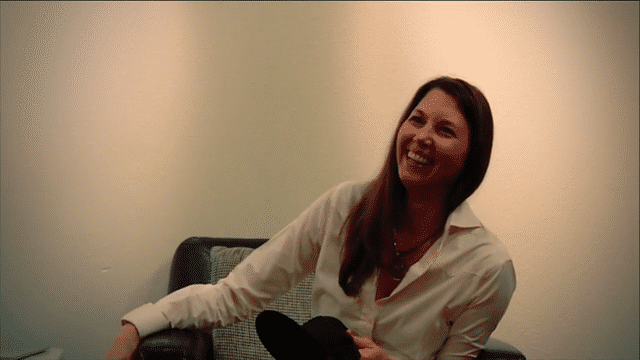
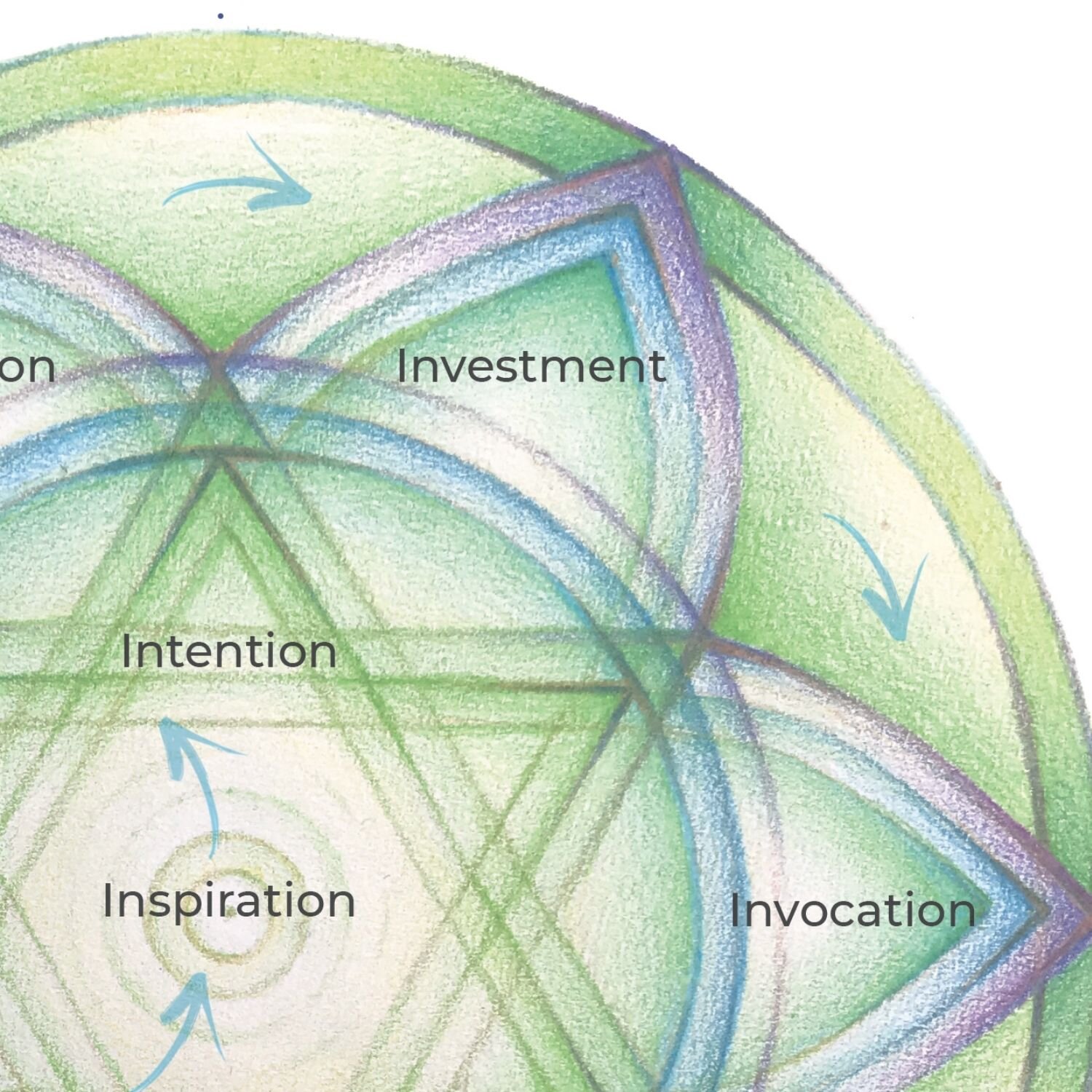
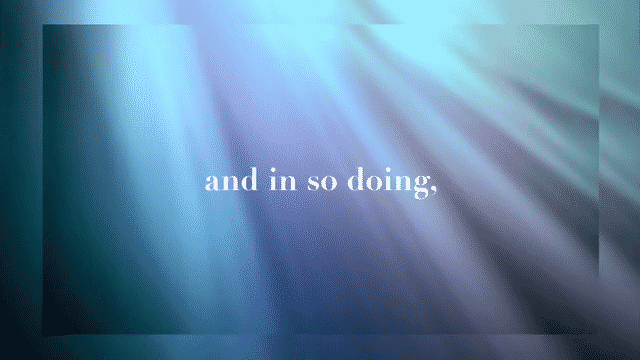

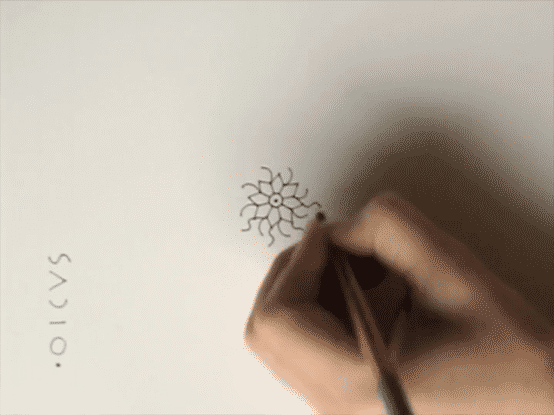
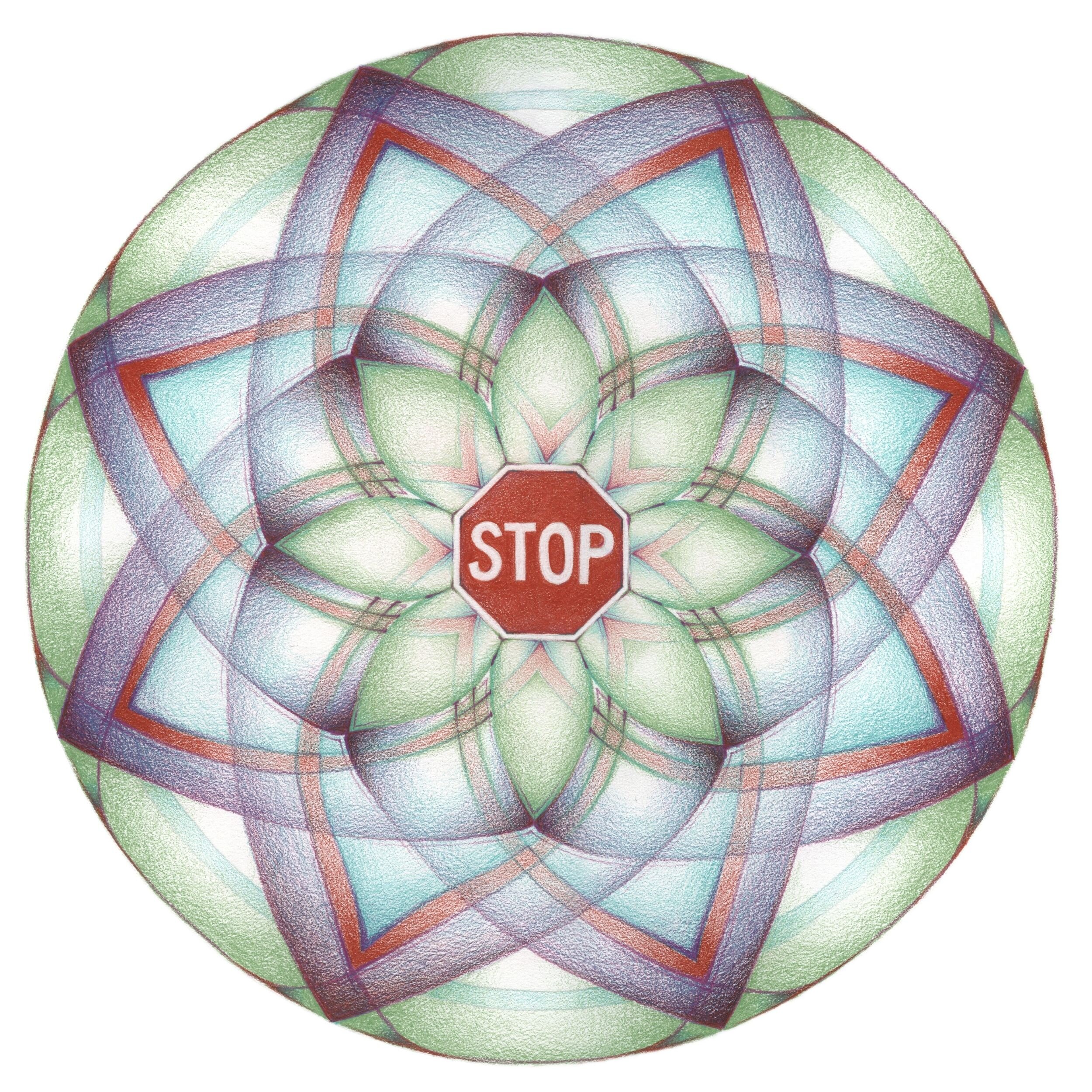

article | 2000 words | simple actions that make all the difference